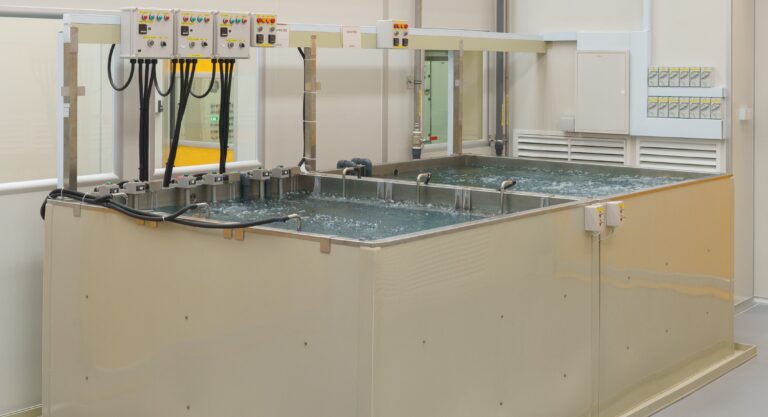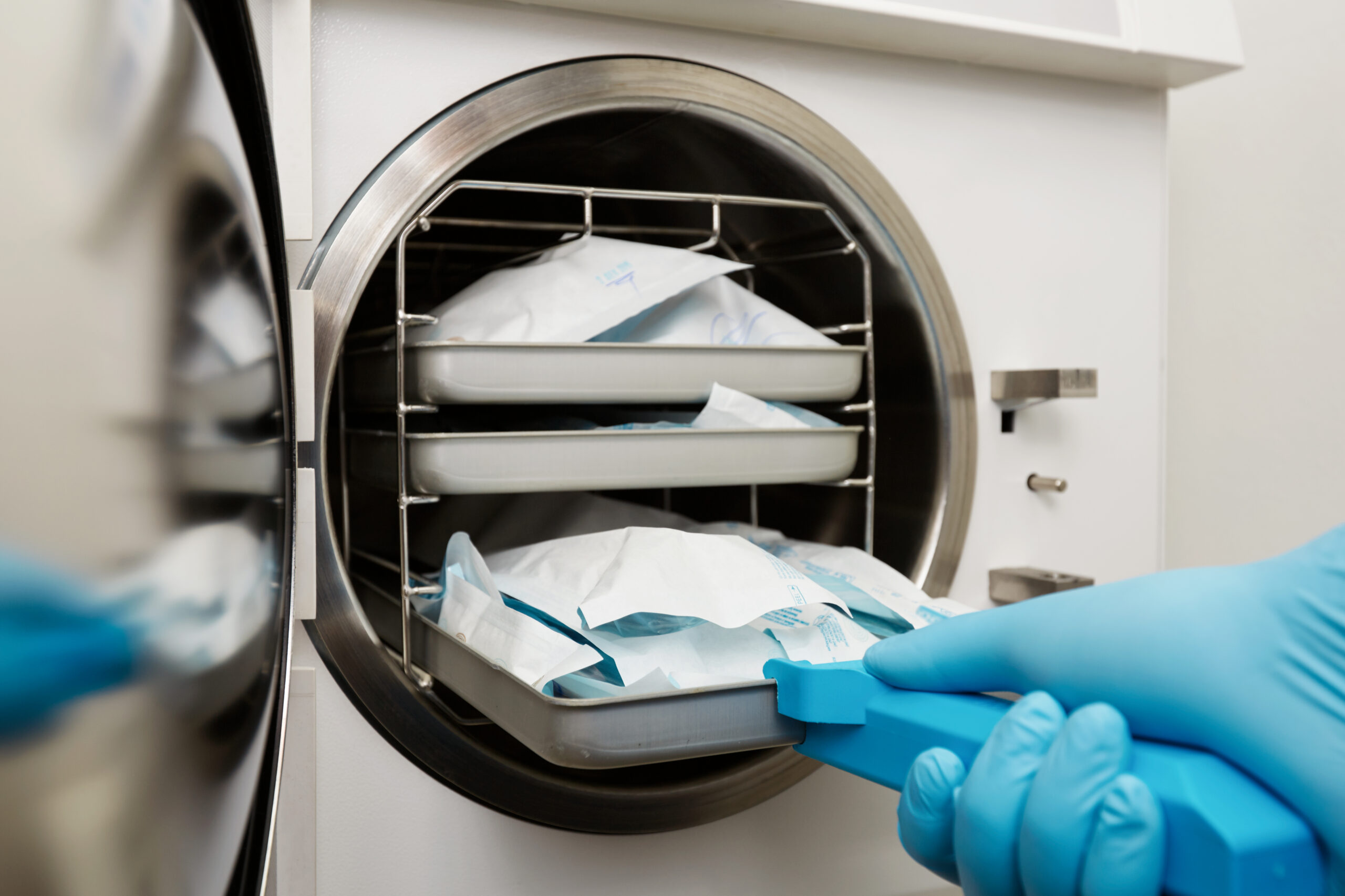ULTRASONIC CLEANING
Ultrasonic cleaning is a cleaning method that uses ultrasound, usually from 20-400 kHz, with an appropriate cleaning solvent, sometimes ordinary tap water, to clean delicate items. The ultrasound can be used with just water, but the use of a solvent appropriate for the item to be cleaned enhances the effect.
Ultrasonic cleaning can be used for a wide range of workpiece shapes, sizes, and materials, and may not require the part to be disassembled before cleaning. It has the ability to remove contaminants that other technologies cannot remove and effectively clean areas that are not accessible by other cleaning methods. Most hard, non-absorbent materials not chemically attacked by the cleaning fluid are suitable for ultrasonic cleaning.


In medical applications, sterilization normally follows ultrasonic cleaning as a separate step to remove spores and viruses on the object’s surface after cleaning.
| Process | Specification | Material | Tank Size (L) x (W) x (H) mm | Locations |
|---|---|---|---|---|
| Ultrasonic Cleaning with Deionized Water | - | Aluminium Stainless Steel |
1000 x 800 x 600 500 x 500 x 600 |
Kuala Lumpur |
| Ultrasonic Cleaning with Solvent | - | Aluminium & Stainless Steel | 300 x 240 x 150 |
